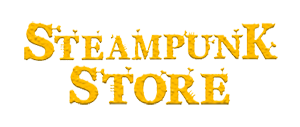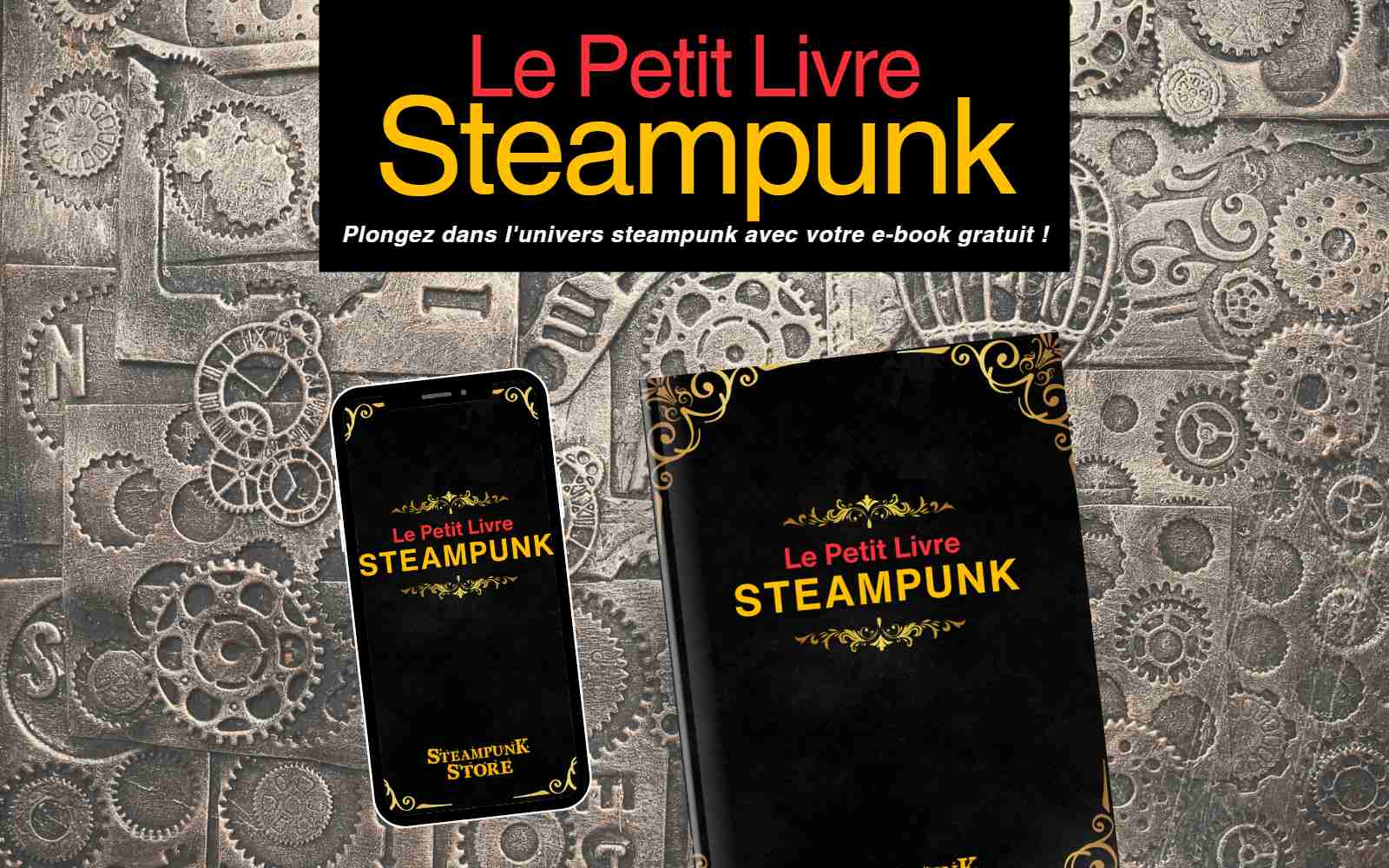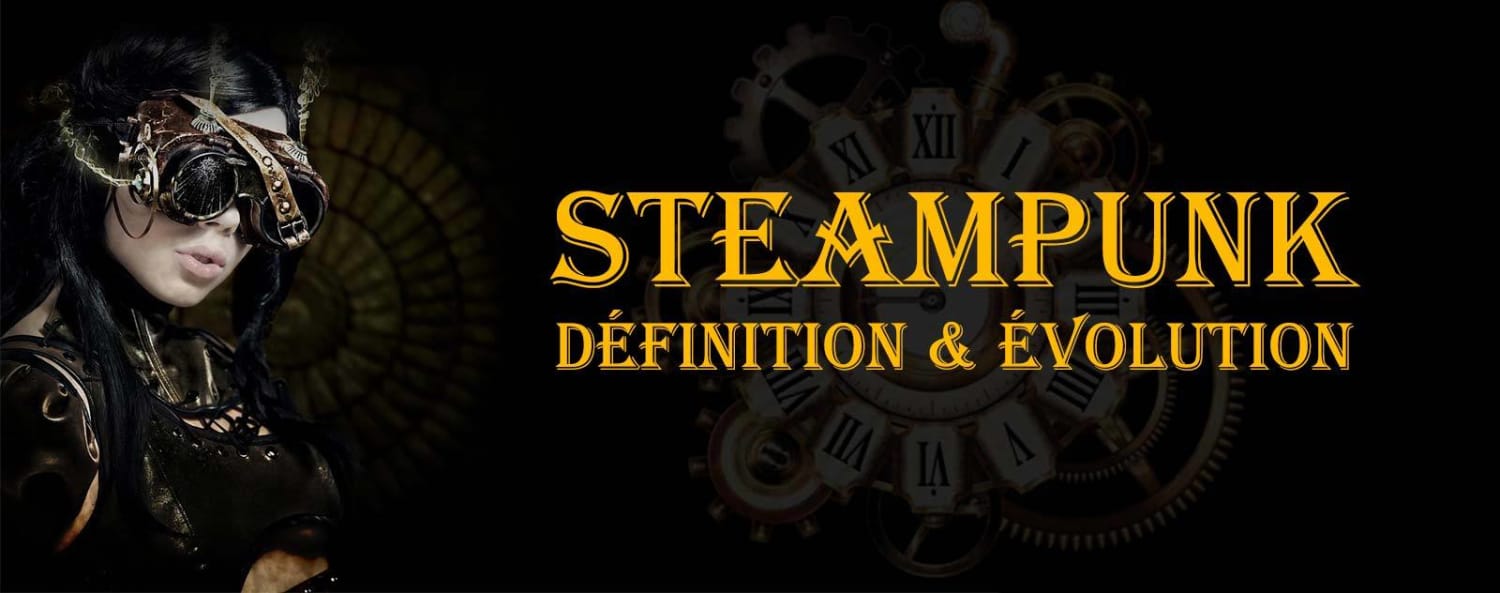
Who among us has not been intrigued by the radical aesthetic proposition that is punk style? This countercultural phenomenon, birthing itself in the revolutionary ferment of the 1970s, rapidly metamorphosed into an icon of rebellion and individual expression. For men in particular, adopting the punk style represents nothing less than a profound assertion of existential authenticity. But how, precisely, does this aesthetic manifesto express itself within the parameters of masculine fashion? Allow me to guide you through this comprehensive analytical framework.
Punk Rock History: A Movement Transcending Fashion

Punk rock emerges as a phenomenon far more complex than mere musical or stylistic tendency. It represents a movement born in the very heart of the revolutionary 1970s, simultaneously manifesting across the Atlantic—in both the United Kingdom and the United States. Within the contextual framework of Cold War tensions and escalating political conflicts, the punk movement materialized as an audacious and provocative response to society's rigid normative structures.
The musical dimension of punk, exemplified by seminal groups such as the Sex Pistols, provided voice to a generation yearning to shatter established codes. Parallel to this sonic revolution, men's punk style manifested through provocative garments: studded leather jackets, vibrant and unconventional hair colors, badges and pins—all translating a profound desire for non-conformity and rebellion against hegemonic cultural paradigms.
Essential Elements of Punk Fashion for Men
-
Studded Leather Jackets: Leather, that supremely resilient material, naturally imposed itself within the punk wardrobe. Beyond mere functionality, customization with studs served to reinforce this ideology of rebellion. Each added stud functioned as a medal of authenticity, demonstrating the wearer's unwavering determination to resist absorption into mainstream conformity.
-
Ripped Pants: These tears, far from constituting simple stylistic affectation, bore witness to lived experience. They might testify to turbulent evenings, street confrontations, or frenzied mosh pits during punk rock concerts. They served as badges of honor, proof of commitment to the punk movement's radical ethos.
-
Punk T-shirts: T-shirts emerged as favored channels of expression within punk culture. Featuring provocative slogans, audacious graphics, or logos of emblematic bands, they functioned as portable manifestos. Often worn, faded, sometimes hand-modified or adorned with patches, these shirts transcended mere clothing. They constituted battle cries, declarations of allegiance, and for many, autonomous works of art. The selection of a particular t-shirt became a method for individuals to demonstrate their allegiance to specific ideological positions or particular punk groups.
-
Combat Boots: More than aesthetic choice, these shoes—typically black and robust—embodied punk's essential duality. On one hand, resistance against conventional expectations; on the other, practical necessity for confronting both protest pavements and electrically-charged concert venues.
How to Accessorize a Punk Look

Punk accessories transcend mere stylistic considerations—they narrate histories, evoke epochs, and fundamentally reflect profound convictions. They constitute those crucial details that transform basic attire into authentic punk aesthetic statements.
-
Piercings: Far exceeding simple jewelry, each piercing narrates its own story. A nose ring might evoke the image of an untamed bull, refusing conformity. Multiple ear piercings signaled radical rupture with traditional social codes.
-
Other Punk Jewelry: Jewelry within men's punk style functions as more than mere ornamentation. It carries profound significance, typically crafted from raw, metallic materials. Studded bracelets, for instance, serve equally as rebellion symbols and fashion accessories. Necklaces featuring skull pendants, thick chains, or anarchist symbols clearly display punk movement affiliation and defiance toward established order.
-
Chains: Beyond fashion accessory status, chains possessed practical functionality. Securely attached, they could deter or even serve during confrontations, thus lending both rebellious and protective qualities to the punk aesthetic.
-
Pins and Badges: These seemingly minor details carried immense importance. Proudly displaying punk rock band logos, provocative slogans, or political statements, they enabled each punk to express musical preferences, convictions, and movement allegiances. These accessories proved essential for personalizing clothing and backpacks, rendering each outfit unique.
Punk Style and Tattoos

Tattoos have maintained intimate connections with punk culture throughout its evolution. Transcending simple aesthetic ornamentation, they represent profound forms of personal and political expression. Within the punk movement, tattooing constituted the antithesis of conformism—a rebellion against traditional beauty normatives.
Each ink mark narrated stories, revealed convictions, or marked pivotal life moments. Some chose to proudly display logos or faces of their preferred punk groups, thus immortalizing their passion for music and the punk scene. Others opted for anarchist symbols, black flags, or provocative slogans, reflecting their desire to overthrow established order and their thirst for absolute freedom.
The Importance of DIY in Punk Culture

The punk movement has always synonymized autonomy and countercultural resistance. Central to this autonomy resided the concept of "Do It Yourself"—a philosophy extending far beyond simple economic considerations. It represented radical rupture with consumer culture while embodying ideals of independence and self-sufficiency.
In a world where everything appeared mass-produced, DIY offered punks possibilities for distinction. This meant personalizing clothing with patches, badges, or even creating garments from scratch. T-shirts were often hand-painted, jeans ripped according to specific desires, and jackets adorned with evocative slogans or imagery.
But DIY within punk culture was not limited to fashion. It encompassed music, art, and literature. Numerous punk bands recorded their first demos with makeshift equipment, personally distributing cassettes at concerts and events.
Hair: Punk Cuts and Colorations

One of punk movement's greatest expressions manifested through hair styling. Punk never confined itself solely to black aesthetics. Quite the contrary—it embraced explosive and audacious color palettes. Green, blue, pink, or orange streaks were commonplace, worn proudly as banners of rebellion.
Haircuts proved equally audacious. Asymmetrical, spiked, shaved on one side and long on the other—the goal was to surprise, disturb, and shatter established aesthetic codes. The Mohawk, or crest, probably represents the most emblematic cut associated with this culture, symbolizing refusal to conform to normative expectations and desire for radical individuality.
Punk Trend: Evolution and Influence
Over time, punk has evolved and transformed. It has merged with other styles, giving birth to punk-rock, pop-punk, and even cyberpunk. But through these evolutions, the original spirit remains intact: a determination to break norms and express oneself freely.

Punk Brands to Know
Punk, despite representing counterculture, has also generated brands that have become powerful symbols of this movement. While some have achieved international scope over the years, others have remained faithful to their underground roots, continuing to convey punk's messages and values.
Dr. Martens: Impossible to discuss punk footwear without mentioning the famous "Docs." These boots, recognizable anywhere with their thick rubber soles, became synonymous with rebellion. Originally designed for workers, they were quickly adopted by punks for their durability and aesthetic appeal.
Vivienne Westwood: This British stylist is often considered the godmother of punk fashion. Her creations, audacious and avant-garde, have profoundly influenced punk vestimentary style. She successfully merged the provocative with the political, making fashion a genuine tool of contestation.
How to Adapt Punk for Daily Life

Punk, far more than simple trend, represents a state of mind, self-assertion, refusal of established norms. It embodies itself in vestimentary choices, but also in small daily decisions. Adopting punk in everyday life doesn't necessarily require major upheavals, but rather small touches, subtle nuances that recall this spirit of rebellion.
- Clothing: No need to wear total punk looks daily. Ripped jeans, a t-shirt from an emblematic punk band, or even an accessory like a studded belt can suffice to add punk touches to outfits.
- Accessories: Adding a provocative badge or patch from a favorite band to bags or jackets can immediately give punk tones to your style.
- Hairstyle and Makeup: You don't need neon green hair to adopt punk looks. A deconstructed cut or colored streak can suffice. For punk makeup, black eyeliner or dark lipstick can provide rebellion touches.
- Attitude: More than vestimentary style, attitude defines punk. Expressing oneself freely, defending convictions, not fearing to question establishment... All these punk values can be adopted daily.
A Journey Through Punk: From Origins to Current Fashion

In fashion's complex ecosystem, each current possesses its own history, codes, and essentials. Punk, particularly, transcends simple style categories. Since its inception with emblematic groups like the Sex Pistols, guided by Malcolm McLaren, punk rock has forged culture, movement, and established dialogue with society. Originating from the United Kingdom, punk represents direct response to norms and conventions—a cry from youth seeking authentic expression.
Men's punk style, specifically, is characterized by essential elements. Leather, whether in jacket or accessory form, occupies central position, often adorned with studs. Skinny jeans, tartan, and even t-shirts featuring band imagery or motifs like skulls constitute indispensable elements.
The punk scene has always been inclusive, accepting varieties of genres and styles. It's a movement that gave youth voice, methods for questioning surrounding worlds. Today, as society continues evolving, punk remains pertinent. Whether through music, fashion, or simply as personal expression forms, punk continues living, adapting, and influencing.
This article's conclusion? Punk constitutes no passing trend. It represents history, culture, attitude. In fashion, it remains an indispensable pillar, constant source of inspiration and rebellion. Embracing men's punk style today means understanding its history, values, and wanting to carry them daily. It's a decision, lifestyle, self-assertion. And you—are you ready to embark on this journey of aesthetic revolution?
Sources and Cultural References
- Hebdige, Dick. "Subculture: The Meaning of Style" (1979)
- Marcus, Greil. "Lipstick Traces: A Secret History of the Twentieth Century" (1989)
- Savage, Jon. "England's Dreaming: Anarchy, Sex Pistols, Punk Rock" (1991)
- Historical documentation of 1970s counterculture movements
- Archives from punk fashion and music evolution
Cultural Analysis Division
Contemporary Subcultural Studies
Fashion as Sociological Phenomenon Research Institute











